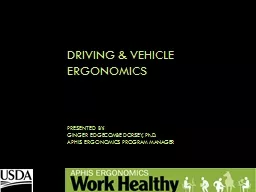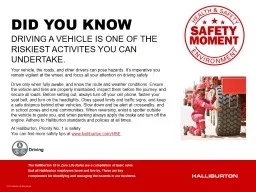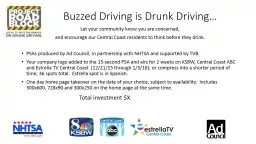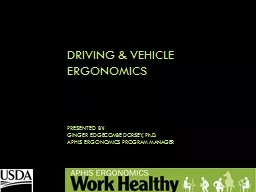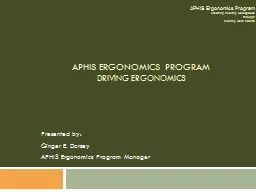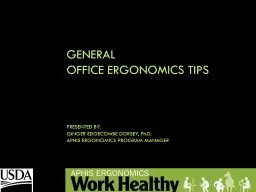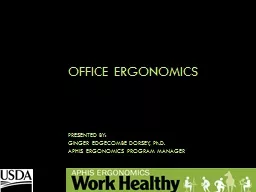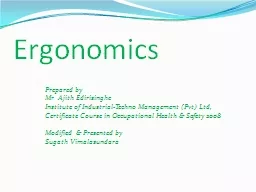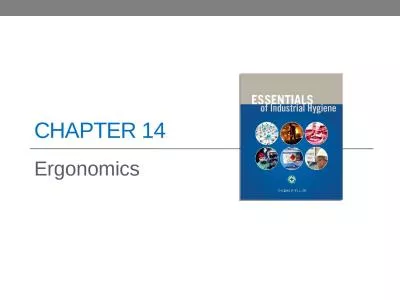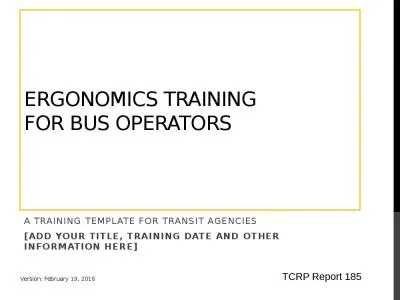PPT-DRIVING & Vehicle Ergonomics
Author : alida-meadow | Published Date : 2018-11-09
Presented by Ginger Edgecombe Dorsey PhD APHIS Ergonomics Program Manager Ergonomics Definition Fitting the job to the worker Goals Fit you to your car so you
Presentation Embed Code
Download Presentation
Download Presentation The PPT/PDF document "DRIVING & Vehicle Ergonomics" is the property of its rightful owner. Permission is granted to download and print the materials on this website for personal, non-commercial use only, and to display it on your personal computer provided you do not modify the materials and that you retain all copyright notices contained in the materials. By downloading content from our website, you accept the terms of this agreement.
DRIVING & Vehicle Ergonomics: Transcript
Download Rules Of Document
"DRIVING & Vehicle Ergonomics"The content belongs to its owner. You may download and print it for personal use, without modification, and keep all copyright notices. By downloading, you agree to these terms.
Related Documents

